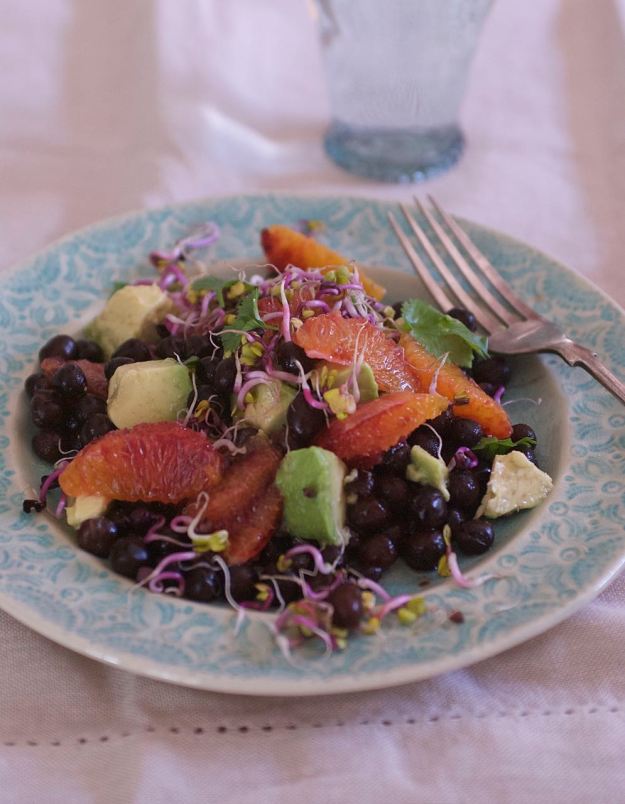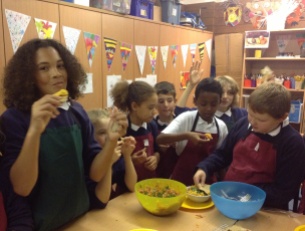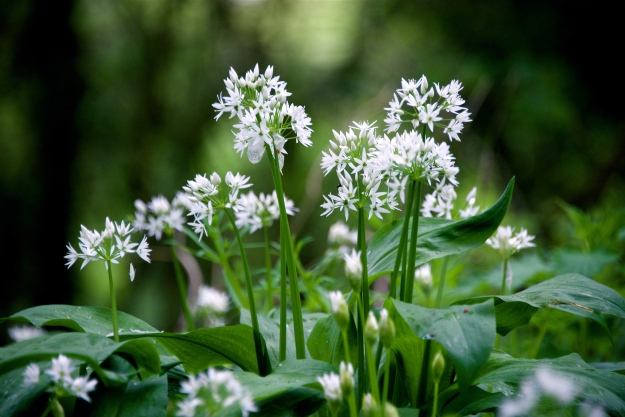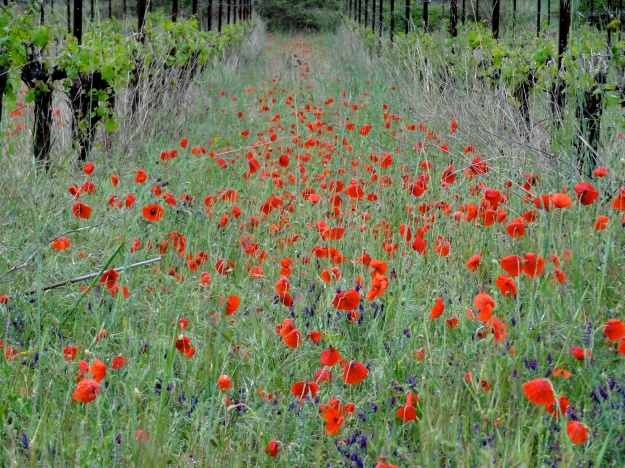Home Turf & a Cooling Watermelon Salad
I’ve had an Ibiza post in my head for weeks (make that months) but now that I’m finally at my desk all I want to do is shout about Bristol; sometimes you really don’t need to travel to have the most glorious weekend.
The rugby (Lions v All Blacks – get with it), was all too much on Saturday morning. Pete said that I sounded as if I was being murdered, it felt pretty excruciating too, so I slipped into my new “skins”, (purchased in a moment of extreme angst over an expanding mid-life waistline), to get a bit of exercise. I have to do this more often, I should quickly add that I don’t run (clicky knees), just do that “power walking” thing that I’ve always thought looked so ridiculous. Any way, an hour and a half later, after taking in the Suspension Bridge, The Downs and lying on the ground looking at the leaf canopy (before being rudely awakened from my reverie by a slobbering labrador), I felt like a new woman.
If you’re not acquainted with Bristol, Clifton’s a very beautiful neighbourhood built on the steep hills alongside the Avon Gorge. We’re lucky to live in a skinny mews house, that served the very grand Georgian Royal York Crescent behind; you can still see the carriage tracks in our flagstone floor, our kitchen’s a converted stable and we have a postage stamp of a garden behind.
This weekend was Clifton Fest’; I have to confess that I’d managed to miss any of the build up/advertising which made it even more of a fabulous surprise. Music and food out on the streets, a great vibe helped along by the sunshine; it’s hopefully to become an annual fixture, in fact one of the excited organisers announced that he was working on the idea of a week-long festival next year with a “Rio de Janeiro style finale” – nothing like aiming high! May have to work on the midriff a little harder before I slip into one of those obligatory Brazilian, barely -there, sequinned numbers.
Sunday evening rounded off a glorious weekend with a really relaxed BBQ, just around the corner in our friends’ garden, that tumbles down the side of the gorge in a series of lush terraces. We all took a few bits, gathered lots of salad leaves from their vegetable patch, pulled some dishes together in the kitchen and soaked up the balmy evening. I’ll leave it to the pictures – they say it all.
It’s not often that I feel like eating watermelon in Britain, it never seems quite hot enough – this weekend was an exception. So I threw together a quick salad to take with us. This works fabulously well with a bit of lamb (I’d marinated some with cumin, coriander, thyme, sherry vinegar and olive oil). Here be the very loose recipe….
Watermelon & Feta Salad (4-6)
About 1/2 a watermelon (depending on size)
1/2 a cucumber
3 spring onions
200 g feta cheese
Plenty of fresh mint
Extra virgin olive oil
Black pepper
Chop up the water melon and cucumber (no melon baller required – what was that all about?). Remove any seeds from the watermelon, mine had very few. Slice up the spring onion. Place it all on a big platter/bowl.
Crumble over the feta into smallish pieces, I never understand why people cut it into lego bricks and I now see that they sell crumbled feta! What is wrong with people? Crumble it yourself – it’s hardly rocket science. (Sorry for a mini-rant, but really?) Don’t stir otherwise the feta will collapse and make everything look milky.
Rip over plenty of mint leaves, splash on some olive oil and then sprinkle with lots and lots of freshly ground black pepper (your feta should be salty and sour enough to do the rest).
Toasted black sesame seeds make a great addition, as do kalamata olives, if you happen to have some.
This is one of the very few salads that I love to eat chilled from the fridge – so very, very refreshing.

Little note:
Jo, of the magical garden (and house – you’ve seen nothing yet!), and I are thinking of running some courses together in the future. Just plotting but I’ll keep you posted.

























 Black Badger and Blood Orange Salad
Black Badger and Blood Orange Salad










 It does sound seriously poncey I know, but this salad came about quite by mistake and not as some highfalutin cheffy notion. A couple of weeks ago I was running a workshop at Imi’s Primary School with an entire class of Year 3 (7-8 year olds) and had planned on making a huge minestrone soup showcasing some of the vegetables picked in the school garden. Of course that particular day turned out to be the heatwave of the century (it did only last a day) and hot soup really did not fit the bill at all. SO, deconstructed minestrone it was and how tasty it turned out to be too.
It does sound seriously poncey I know, but this salad came about quite by mistake and not as some highfalutin cheffy notion. A couple of weeks ago I was running a workshop at Imi’s Primary School with an entire class of Year 3 (7-8 year olds) and had planned on making a huge minestrone soup showcasing some of the vegetables picked in the school garden. Of course that particular day turned out to be the heatwave of the century (it did only last a day) and hot soup really did not fit the bill at all. SO, deconstructed minestrone it was and how tasty it turned out to be too.




































